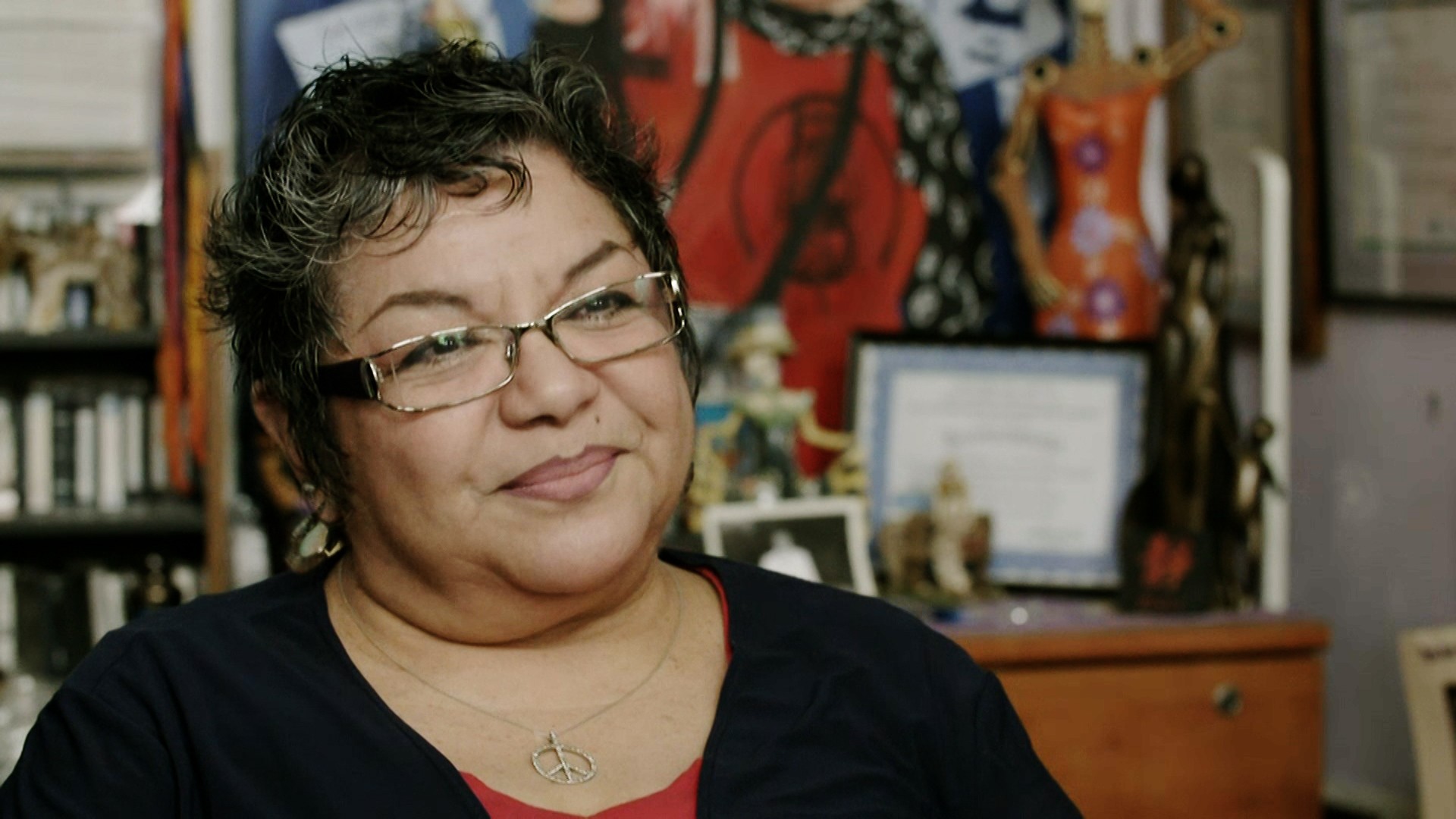Igor Madjinca/Stocksy
Until recently, researchers have associated post-traumatic stress disorder (PTSD) with being a victim of trauma. Now, new findings from the US suggest that the act of killing or perpetrating violence could be even more traumatic than being a victim.A condition often experienced by war veterans, PTSD can cause nightmares, flashbacks, and feelings of isolation. But there is another group, which also suffers from high exposure to violence, that up until now has been largely overlooked: gang members.Gangs and violence go hand-in-hand. For gang members, violence is a necessary evil—it helps them to build status and respect, and to exercise control over illegal drug markets. For young people, being involved in gangs poses a double threat: Not only are they more likely to be the victims of violence and crime, they are often made to prove their loyalty to the gang by committing violence against others.Physical, emotional or sexual abuse and neglect are all traumatic events, which increase the risk of developing mental health problems. Experiences of early childhood trauma are common among young people in the Criminal Justice System (CJS). Compared to the general population, children in the CJS are three times more likely to have mental health problems—often anxiety, depression, and drug and alcohol dependence.There’s a two-way relationship between trauma and being part of a gang. Trauma increases the likelihood of joining a gang, and gang membership increases the risk of being exposed to trauma. Young people who associate with offenders or have issues with substance abuse are especially vulnerable to exploitation by gangs. When a young person joins a gang, they are exposed to the same sort of violence, victimization, and neglect which caused their trauma in the first place.
More from VICE:
Like child soldiers in countries such as South Sudan, young people in gangs are often forced or coerced into perpetrating violence against others through initiations, turf wars, and ongoing gang activity. Initiations can include sexual assault and being the victim or perpetrator of violence.In one of the very few British studies to explore the link between gang membership, violence, and mental health, Jeremy Coid and his colleagues compared non-violent men, violent men (with no involvement in gangs), and gang members. As expected, they found mental disorders such as psychosis, anxiety, depression and drug and alcohol dependence to be much more prevalent among violent men and gang members than among non-violent men.Gang members also had higher rates of drug dependency (57.4 percent) and antisocial personality disorder (85.8 percent)—a psychological condition which includes patterns of manipulation and exploitation of others. One of the criteria for being diagnosed with antisocial personality disorder is being exposed to violence before the age of 15. With many young people involved in gangs before this age, it’s unsurprising that many gang members are plagued by the illness.Youth violence doesn’t just affect those involved in gangs—an estimated 75 percent of young people caught carrying knives have no connection to gangs. Figures from the Ministry of Justice suggest that between March 2015 and March 2016, the most common offense committed by young people was violence against the person. This raises huge issues for the future mental states of many young people—not just those involved with gangs. With the National Health Service already stretched and young people waiting up to 18 months for mental health treatment, the leaders of today need to make tackling youth violence a top priority—or face dealing with future generations who bear deep psychological scars.Grace Robinson is a PhD candidate and graduate teaching assistant at Edge Hill University. This article was originally published on The Conversation. Read the original article.Read This Next: When Your Patient Is a Murderer
With the National Health Service already stretched and young people waiting up to 18 months for mental health treatment, the leaders of today need to make tackling youth violence a top priority—or face dealing with future generations who bear deep psychological scars.Grace Robinson is a PhD candidate and graduate teaching assistant at Edge Hill University. This article was originally published on The Conversation. Read the original article.Read This Next: When Your Patient Is a Murderer
Advertisement
More from VICE:

Like child soldiers in countries such as South Sudan, young people in gangs are often forced or coerced into perpetrating violence against others through initiations, turf wars, and ongoing gang activity. Initiations can include sexual assault and being the victim or perpetrator of violence.
Advertisement